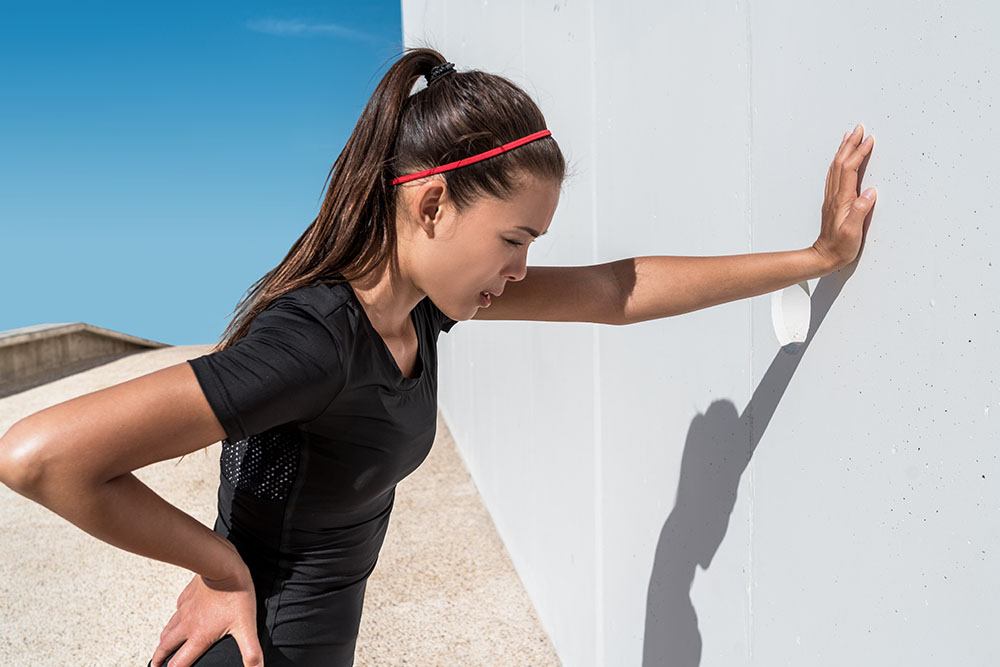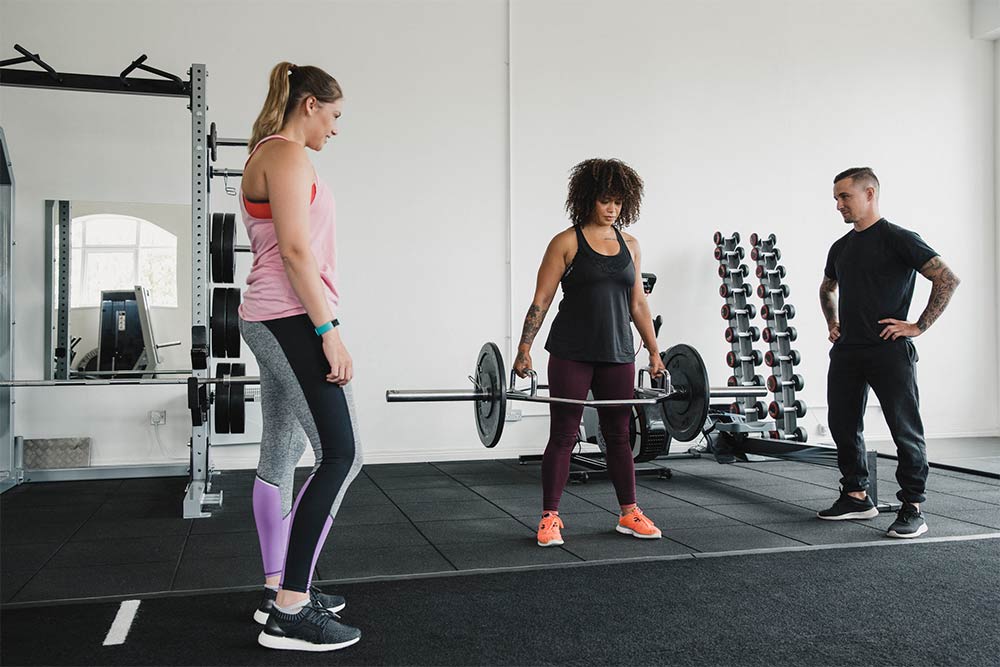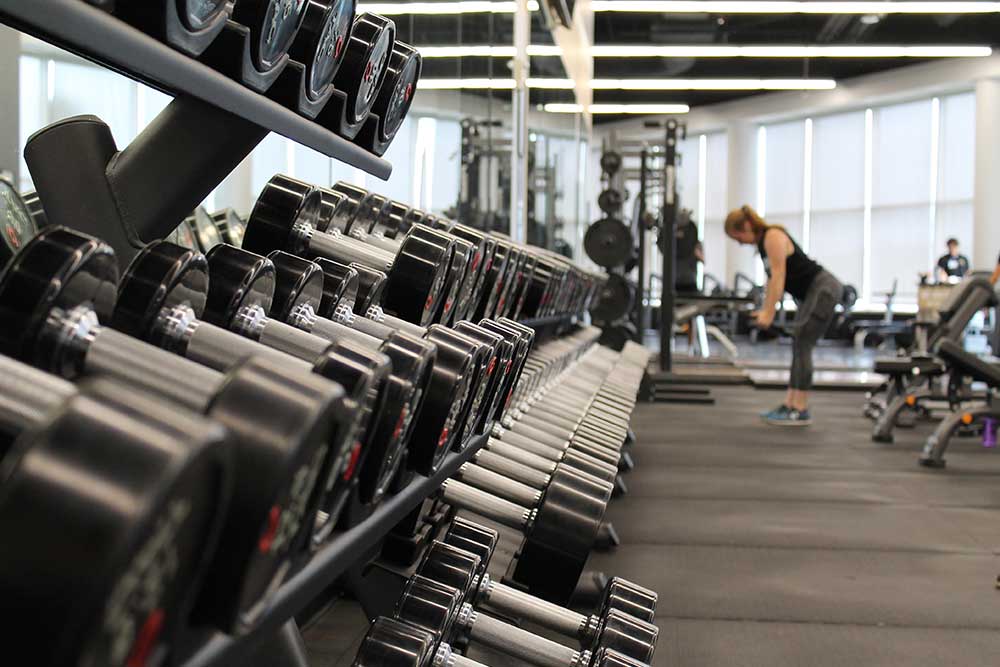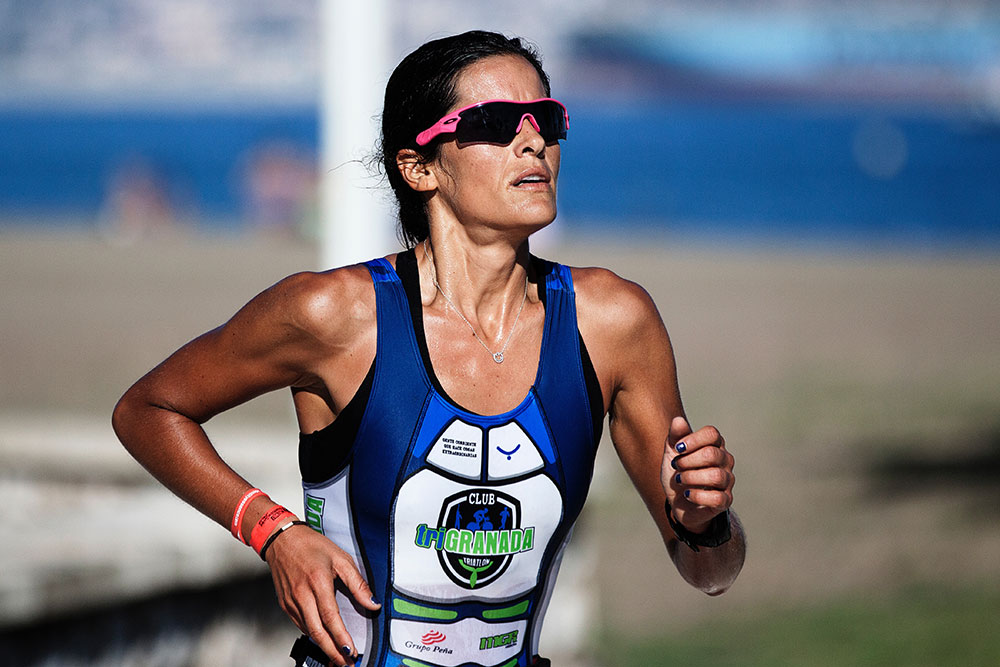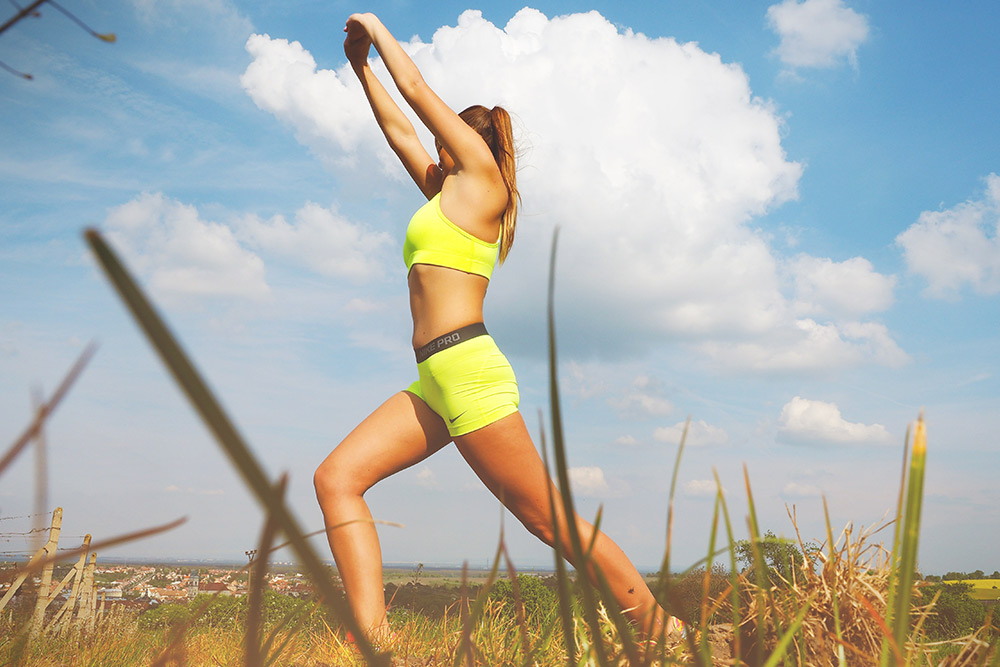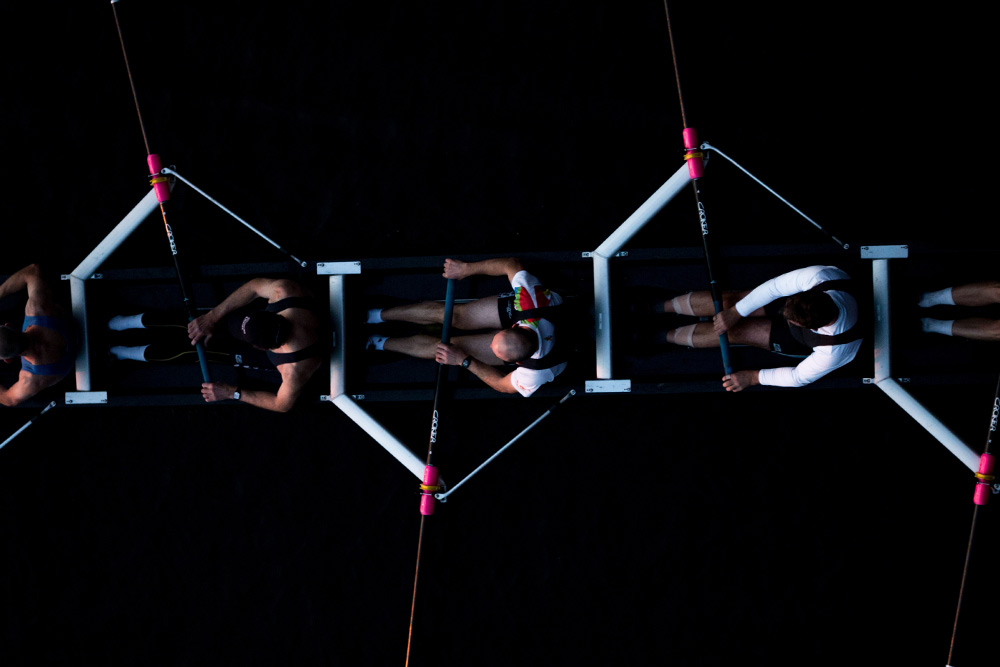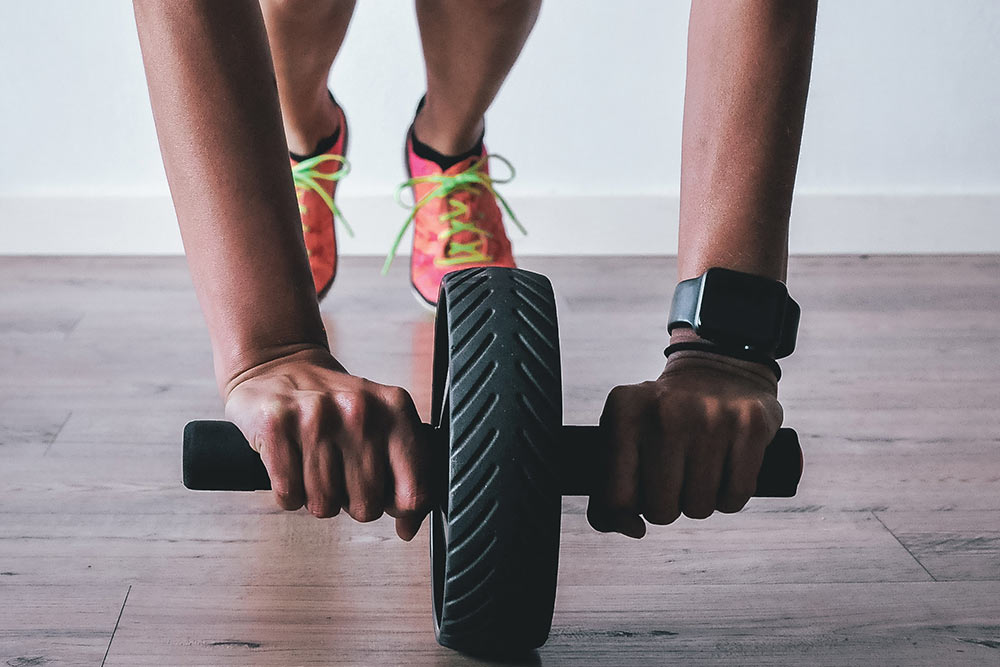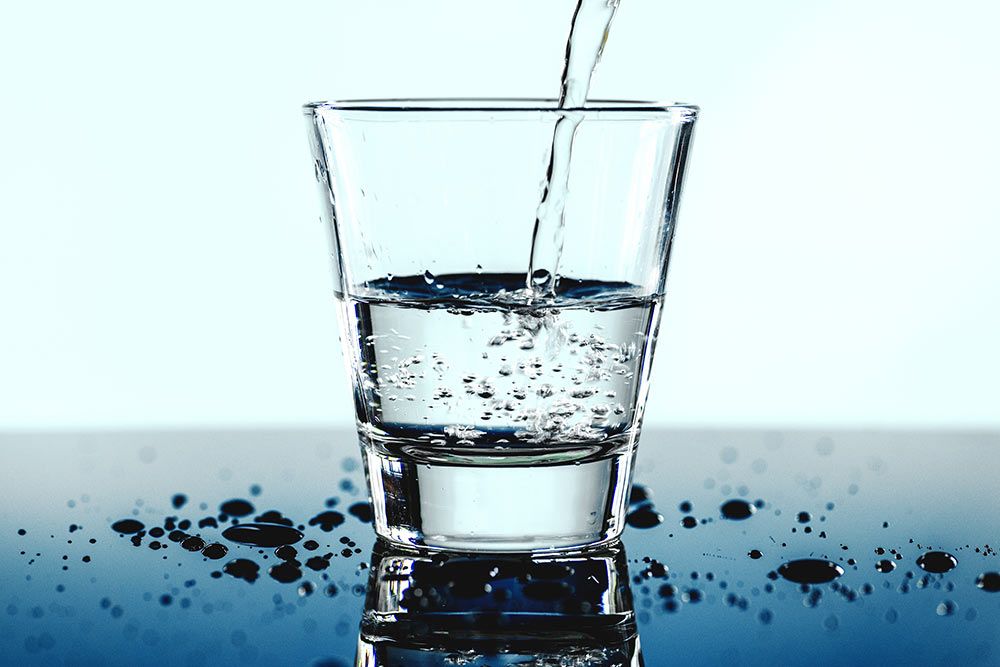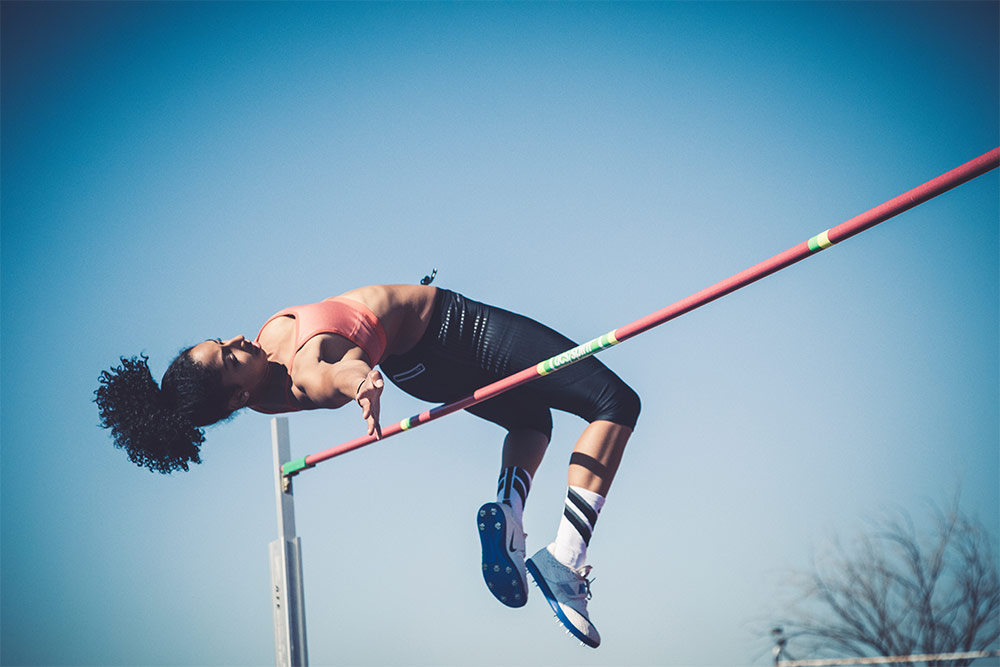Can Athletes Benefit from More Mitochondria?

Over the last couple of years, the term “mitochondria” has become a bit of a buzzword in the health and fitness community – but what are they, and how do they impact your health and performance?
Well, that is exactly what this article intends to find out.
What are mitochondria?
Thinking back to high school biology, you might remember that mitochondria are considered to be the “powerhouse” of your cells – but that doesn’t really do them justice.
In essence, mitochondria are cellular structures found within your muscle tissue that have the primary role of producing energy.
They use oxygen to convert the fats and carbohydrates found within your body into ATP (the “fuel” for muscular contraction. As such, they are essential for nearly every single physiological process in your body.
How are mitochondria used during exercise?
And this information should help you understand what they do during exercise.
As you perform exercise, you increase your rate of muscular contraction, which is a process that uses ATP. In response, your body increases blood flow to the muscle tissue to provide them with fats, carbohydrates, and oxygen, allowing for an increased rate of energy production.
Which is where your mitochondria enter the discussion.
These nutrients are transferred to your mitochondria (with oxygen) where they can be converted into ATP and continue to fuel your muscle tissue.
With this in mind, the size of your mitochondria, and the amount that you have within your muscle tissue, dictates how much exercise you can perform aerobically.
To keep it simple, people with more, and larger, mitochondria have greater capacity to produce energy aerobically.
As a result, they can work harder for longer.
It is for this reason that mitochondria are one of the most important factors considered by endurance athletes across the globe.
It is also important to note that while mitochondria are undoubtedly important for endurance athletes, they are also going to have a positive impact on any sport that has an aerobic component. This includes team sports, field sports, and even track and field events that last for more than 30 seconds.
In fact, the only sports that they are not really going to impact are those that are extremely short and explosive, such as weightlifting, powerlifting, sprinting, and throwing.
But that does not mean they are not important for these athletes – just that they are unlikely to impact their sport performance.
Related Article: The Next Best Supplement For Exercise Performance
Mitochondria and health
Interestingly, there are also several diseases linked to mitochondria health and number.
To keep it short and sweet, there is evidence to suggest that low levels of mitochondria within your muscle tissue can increase risk of cancer, neurodegenerative and cardiovascular disorders, Alzheimer’s disease, diabetes, age-related declines in cognition, and whole body inflammation (Javadov, 2020).
As a result, they should be on your radar whether you are an elite athlete, or someone simply trying to optimize your health and longevity.
How does the quality of training impact mitochondrial adaptations?
We have already established that mitochondria are most important with respect to aerobic exercise – as such, it should come as no surprise that aerobic exercise is going to be our most important driver to create mitochondrial adaptation.
However, it is important to acknowledge that different types of aerobic exercise appear to cause different adaptations.
Traditional aerobic exercise performed continuously, at low to moderate intensities, and for long durations, have been shown to cause larger improvements in mitochondrial content (i.e., the number of mitochondria in your muscle tissue).
On the other hand, highly lactic interval training has been shown to cause larger improvements in mitochondrial size (MacInnis, 2017).
And as both factors have been shown to have a notable impact on health and performance, it is likely that a combination of both exercise regimes is going to be your best bet.
Does altitude training affect mitochondria?
Since the 1980s altitude training has become increasingly popular amongst athletes to increase aerobic performance.
In short, the further you get above sea level, the harder it becomes to extract oxygen from the air. This places the body under a constant state of aerobic stress that leads to adaptations that are not dissimilar to those driven by exercise.
These include increases in blood volume, red blood cell count, hemoglobin content, and oxygen carrying capacity.
Importantly, it also comes with mitochondrial adaptations.
In fact, research has shown that spending as little as 28 days at high altitudes can cause a 7 percent increase in mitochondrial number, suggesting that it could be one of the most efficient ways of boosting your mitochondrial function (Jacobds, 2016).
It is important to note that these adaptations appear to be maximized when people live at altitude and train at sea level, rather than the other way around.
Related Article: The Effects Of Altitude Training On Competitive Swimmers
Does heat training affect mitochondria?
In conjunction with training at altitude, heat training has also become an incredibly popular method of accelerating the adaptations that occur with aerobic training.
However, it appears that if your goal is to maximize mitochondrial health and function, simply exposing yourself to heat rather than training in the heat is your best bet.
A recent study demonstrated that jumping in a hot sauna for 30 minutes per day can cause a rapid increase the growth and development of mitochondria irrespective of training – and that if you do it after training, these results are increased further (Tamura, 2014).
This provides further insight into why heat training and heat exposure are such hot topics now.
Tips to boost Mitochondria
So, taking all of this into consideration, we wanted to provide some simple tips that you can implement to boost the size and number of your mitochondria:
- Exercise 3-5 times per week: this should predominantly be traditional endurance training, with the inclusion of 1-2 sessions of higher intensity interval training per week. Just note that this exercise will need to tax the aerobic system – so short sprinting exercises will not cut it here.
- Heat exposure 2-5 times per week: if you have access to a sauna, then this is going to be your best bet – but even a hot bath will have some impact.
- Get above sea level: now, this is not going to be easy for everyone, but if you can gain access to hyperbaric training facility, one session per week could be a viable option to help your mitochondrial health.
And there you have it – three simple tips to boost your mitochondria.
Final Message
Being the primary site of energy production for your entire body, mitochondria are one of the most important components of your cells, having a marked impact on both your health and your performance.
And now, using the tips outlined in this article, you can take some very deliberate steps to increase your mitochondria number and size, having a profound impact on your fitness in the process.
References
Javadov, Sabzali, Andrey V. Kozlov, and Amadou KS Camara. “Mitochondria in health and diseases.” (2020): 1177.
MacInnis, Martin J., and Martin J. Gibala. “Physiological adaptations to interval training and the role of exercise intensity.” The Journal of physiology 595.9 (2017): 2915-2930.
Jacobs, Robert A., et al. “Twenty‐eight days of exposure to 3454 m increases mitochondrial volume density in human skeletal muscle.” The Journal of physiology 594.5 (2016): 1151-1166.
Tamura, Yuki, et al. “Postexercise whole body heat stress additively enhances endurance training-induced mitochondrial adaptations in mouse skeletal muscle.” American Journal of Physiology-Regulatory, Integrative and Comparative Physiology 307.7 (2014): R931-R943.
You Might Like:



